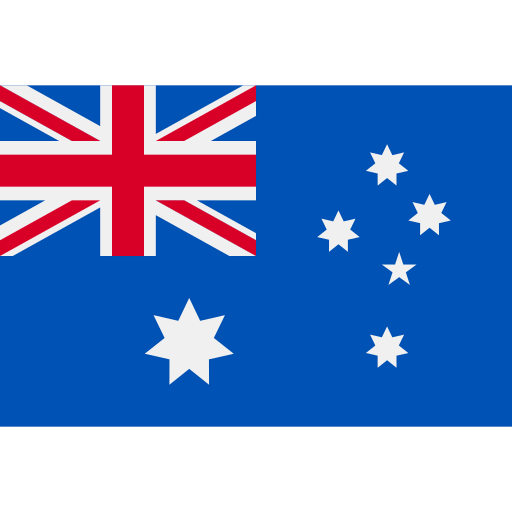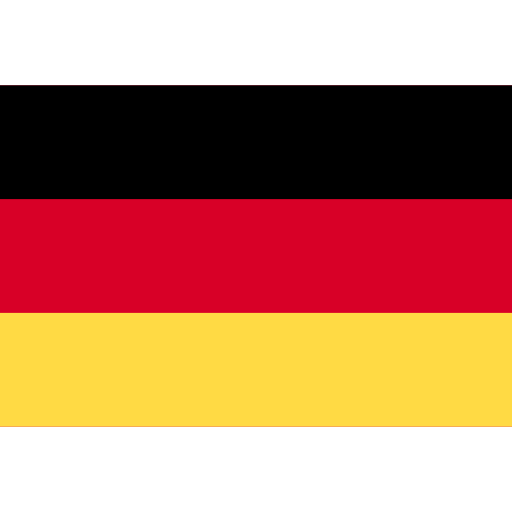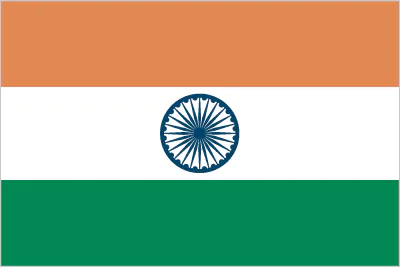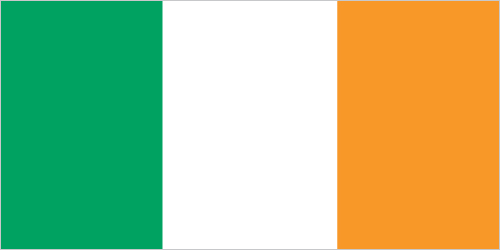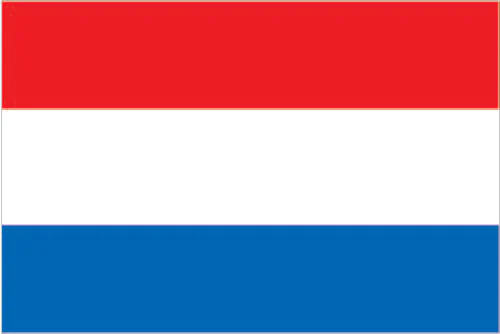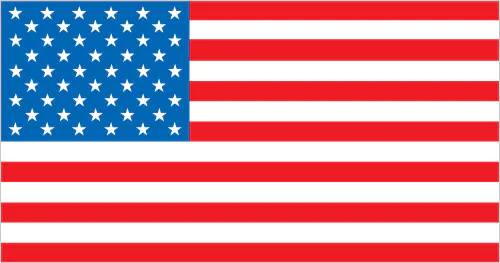Estimated reading time: 4 minutes
At Commodity Trading Week held in London, Deepesh Patel, Editorial Director, Trade Finance Global, sat with Dr Sadar Abdul Rasheed, Director, Commodity Risk Control at Savola Group to discuss the implications of carbon, decarbonisation, ESG, and climate risk for the commodity traders and commodity markets.
Why commodity traders should care about carbon
Commodity trading as the name indicates, involves the movement of commodities from one place to another, coming from the buyer and the seller through the supply chain. About 70 to 80% of commodity trading is done through ocean routes.
Vessels, either dry or wet, engaged in the movement of commodities through ocean routes contribute a significant amount emissions. Commodity traders therefore need to pay attention to the effect their activities have on the emission of greenhouse gases such as carbon dioxide.
Technically, there are Scope 1, Scope 2, and Scope 3 emissions that arise from the movement of commodities from one place to another. The European Union has released some regulations on decarbonising freight, and using of gas and fuel oil for vessels. Dr. Sadah said, “Knowingly or unknowingly, we are exposed to the carbon market when we move or enter into commodity trading.”
Retrofitting the carbon market into the ESG agenda for commodity traders and producers
Dr. Sadah said, “We are growing the commodity-backed carbon credit markets in Europe, and all over the globe by complying with the Paris Agreement.” Article 6 of the Paris Agreement, “sets out how countries can pursue voluntary cooperation to reach their climate targets. It enables international cooperation to tackle climate change and unlock financial support for developing countries”
The topic of commodity trading and climate change is gaining international traction. At the recent COP28 meeting, the discussion of cooperative approaches such as Internationally Transferred Mitigation Outcomes (ITMOS) instils hope for increased ambition and the promotion of sustainable development.
There is now an opportunity for commodity players to voluntarily get into the carbon emission markets to trade and offset emission credits with international entities through exchange platforms.
The Intercontinental Exchange (ICE) already has a clear platform, a trader platform for carbon credits, and the European Union Emissions Trading System (EU ETS), one of the largest emission trading systems available, is also available.
The carbon credit market is slowly becoming a more mainstream asset class. Markets are being developed in North America and across Asia. The carbon credit market has great potential, but a concerted effort to create further frameworks and standards is needed to realise this full potential.
Opportunities for commodity traders
Agricultural commodities are primarily the food grades that feed the world. In addition, they protect nature by providing the greeneries that absorb carbon dioxide.
As far as emissions are concerned, there are six gases in the category of GHG (Green House Gases) but carbon dioxide is the one that receives the most attention. Carbon dioxide is absorbed by plants during the photosynthesis process through the C3 and C4 processes.
C3 and C4 plants, such as sugarcane and palms, absorb more carbon dioxide than many other plant types, thus helping to sustain greenery worldwide.
Dr Sadah said “So, if you are encouraging agriculture and commodity trading, you are protecting nature and supporting emission control. This way is an opportunity but most of them are not much aware because we are doing it but there are countries in Asia taking the lead on that by protecting the greeneries. That may also give some credit for them to offset their emissions.”
Commodities trading and the commodities trading market in the next five years.
Dr. Sadah said, “Commodity trading is moving into a big transformation now because in commodity trading there are different risks and we are all pretty much managing the risks by way of risk management techniques”.
An overarching risk in the commodity trading world is climate risk, which is increasingly dominating the discourse. It is one of the main considerations for agricultural commodities and logistics.
The commodity industry needs to figure out ways to mitigate these risks. There are several real world examples recently of catastrophic weather events that will have lasting imapcts on the market.
In April, Dubai experienced their highest single day rainfall in 75 years, which will have a clear impact on a variety of industries.
Dr. Sadar said, “We need to revamp everything when considering climate risk in our portfolio.”
It is important to mitigate the huge risks posed by the climate. What happened in Dubai recently was never expected. According to statistics from the weather data, Dubai experienced in one day, the highest rainfall that it had witnessed in 75 years. That unexpected weather event affected their real estate, hospitality, air travel, and insurance industries.
It is therefore imperative that players in the commodity trading space revamp their approach to assessing transactions by increasing the weightage on climate risks in their portfolios, considering commodities on any asset class.


